The force acting on a body moving along x-axis varies with the position of the particle shown in the figure. The body is in stable equilibrium at
 .
.
both
neither
The correct Answer is:B
Conservative force is equal to negative gradient of potential energy function, so
It means slope of potential energy curve is equal to negative of conservative force.
Now, for stable equilibrium
Positive
i.e. About position of stable equilibruim the rate of change of slope of potential energy curve with respect to x must be positive. Now
(i) Just before
Force is positive, so slope of potential energy curve is negative
(ii) At
Force is zero so slope of potential energy curve is zero.
(iii) Just after
Force is negative so slope of potential energy curve is positive.
It means about rate of change of slope of potential energy curve bis positive.
Topper's Solved these Questions
Similar Questions
The force acting on a body moving along X-axis varies as shown.Its stable equilibrium position is :
View SolutionThe magnitude of force acting on a particle moving along x-axis varies with time (t) as shown in figure. If at t = 0 the velocity of particle is v0, then its velocity at t=T0 will be

View Solution
Knowledge Check
The force acting on a body moving along x -axis varies with the position of the particle as shown in the fig. The body is in stable equilibrium at.
 Ax=x1Bx=x2Cboth x1 and x2Dneither x1 nor x2
Ax=x1Bx=x2Cboth x1 and x2Dneither x1 nor x2The variation of force F acting on a body moving along x - axis varies with its position (x) as shown in figure

The body is in stable equilibrium stable atAPBQCRDBoth P & QThe variation of potential energy U of a body moving along x - axis varies with its position (x) as shown in figure
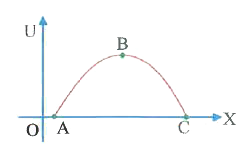
The body is in equilibrium state atAABBCCDBoth A & C
The variation of potential energy U of a body moving along x - axis varies with its position (x) as shown in figure
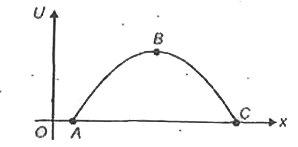
The body is in equilibrium state at
View SolutionThe kinetic energy of a body moving along a straight line varies with time as shown in figure. The force acting on the body:
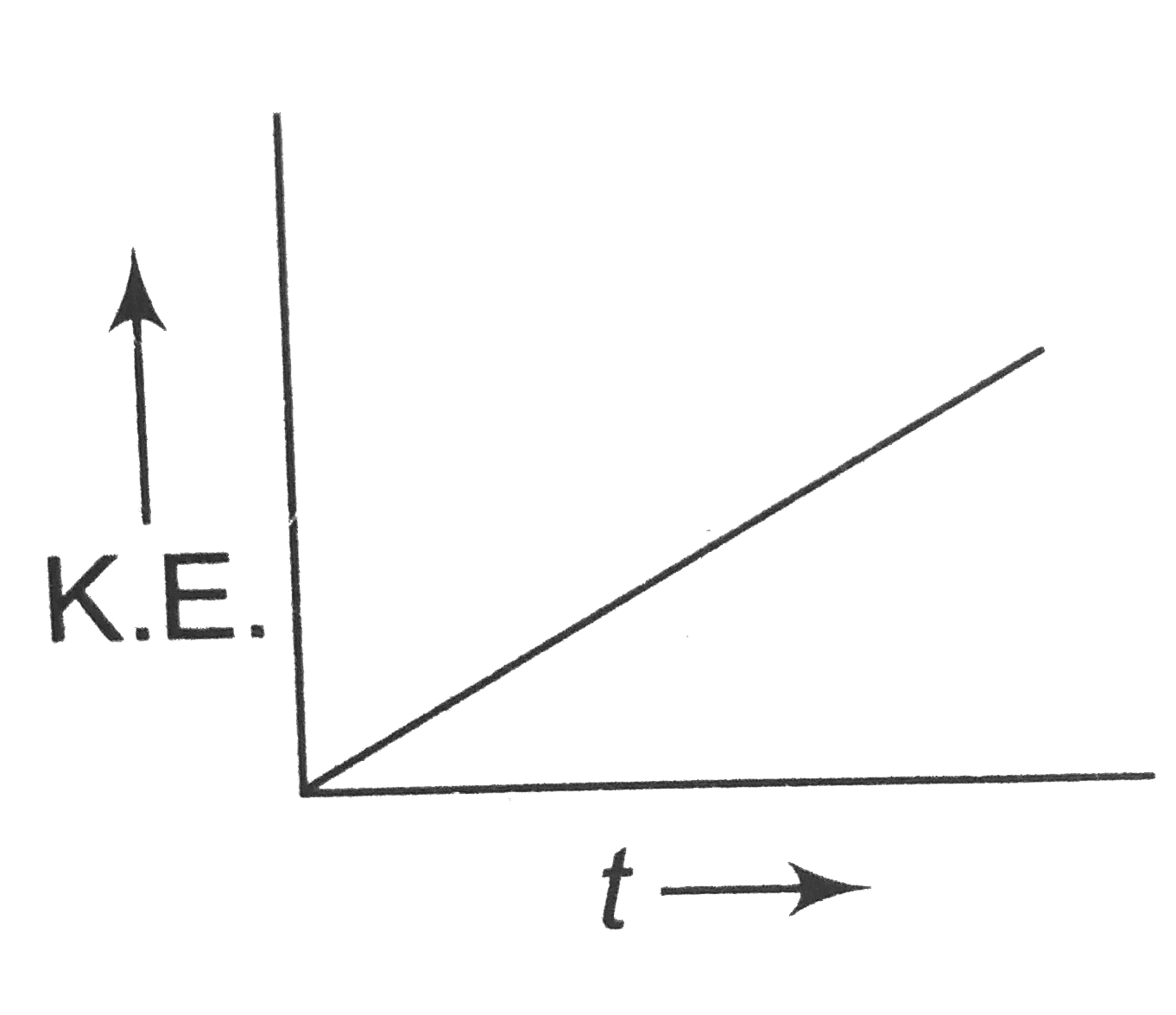
View SolutionThe kinetic energy K of a particle moving along x axis varies with its position (x) as shown in the figure. The magnitude of force acting on particle at x = 9 m is -
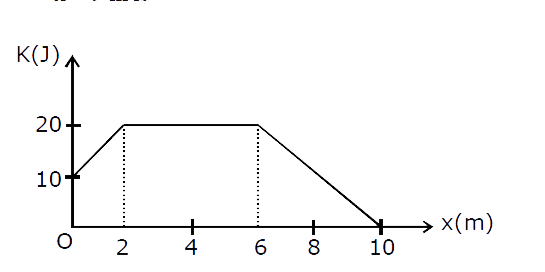
View SolutionThe velocity (υ) of a particle moving along X-axis varies with its position x as shown in figure. The acceleration (a) of particle varies with position (x) as
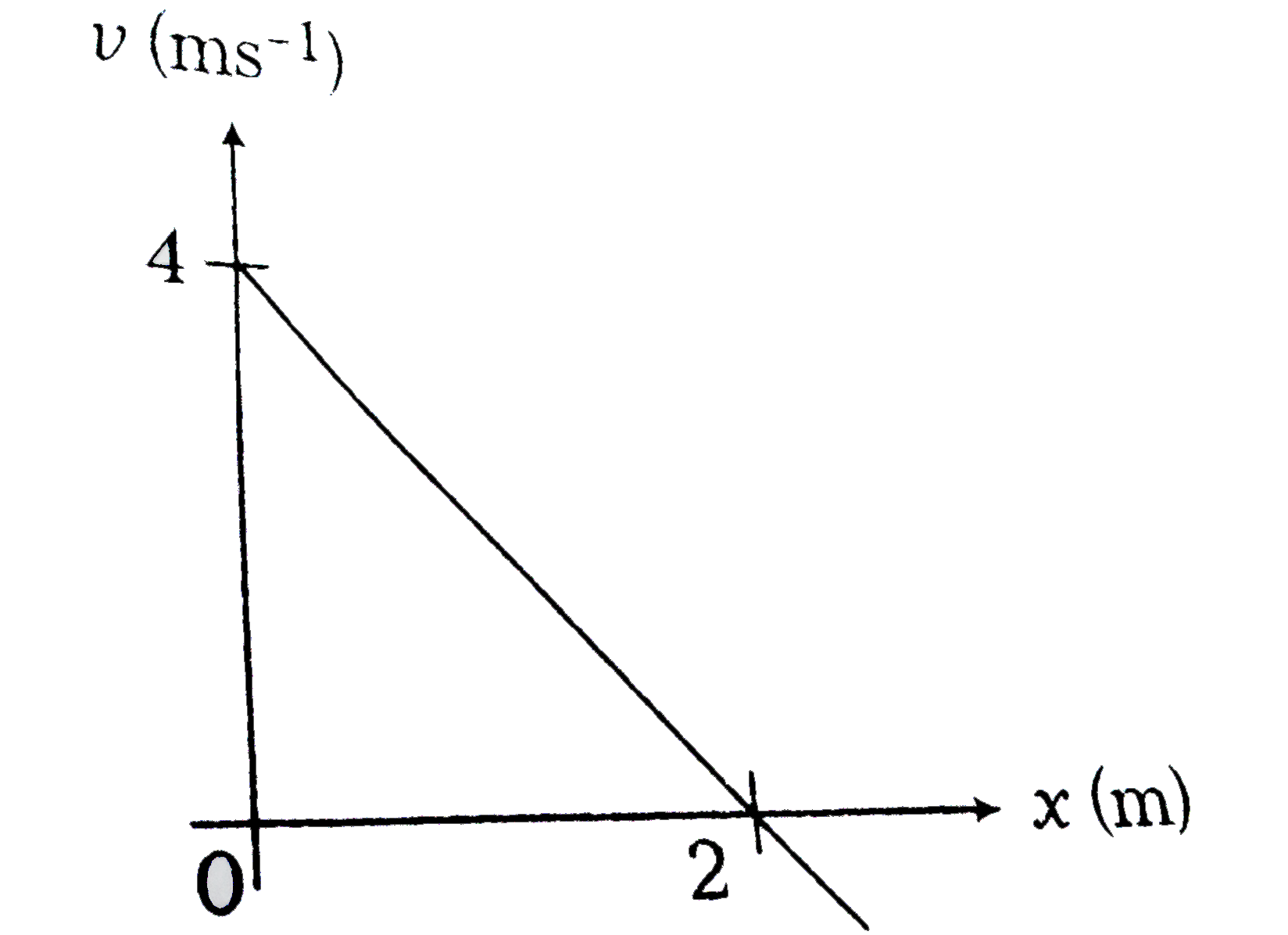
View SolutionThe kinetic energy K of a particle moving along x - axis varies with its position (x) as shown in figure
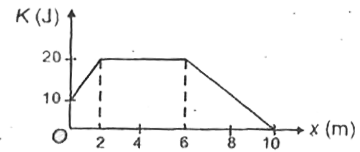
The magnitude of force acting on particle at x = 9 mis
View Solution